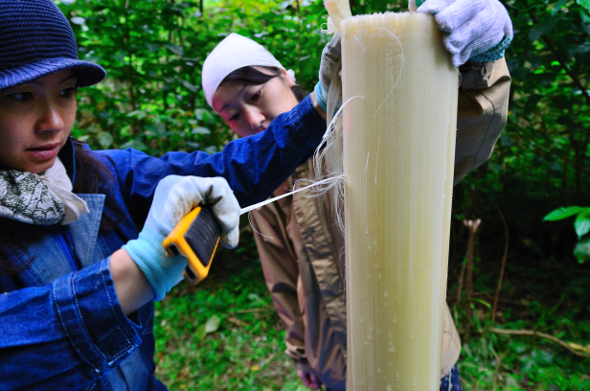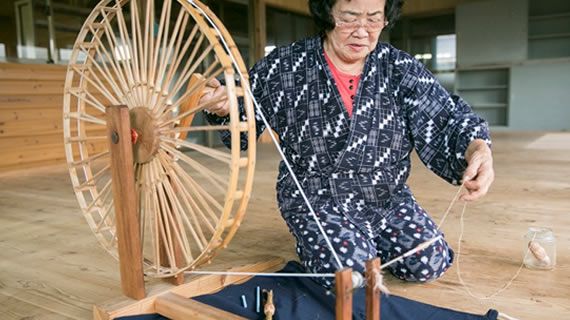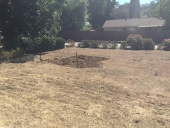








Those who hammer their swords into plows will plow for those who don't!
















Principal - Terra Phoenix Design
http://TerraPhoenixDesign.com

 1
1












 1
1






 1
1




Marla Kacey wrote:According to Wikipedia, it can be used to make a textile (banana cloth), but it doesnt mention cordage.
Invasive plants are Earth's way of insisting we notice her medicines. Stephen Herrod Buhner
Everyone learns what works by learning what doesn't work. Stephen Herrod Buhner








 2
2






Invasive plants are Earth's way of insisting we notice her medicines. Stephen Herrod Buhner
Everyone learns what works by learning what doesn't work. Stephen Herrod Buhner





How Permies works: https://permies.com/wiki/34193/permies-works-links-threads
My projects on Skye: The tree field, Growing and landracing, perennial polycultures, "Don't dream it - be it! "
 3
3




 That's sorta the holy grail of banana breeding, however, so my primary goal is to accomplish that with seeded bananas and be perfectly fine if a seedless one never shows up.
That's sorta the holy grail of banana breeding, however, so my primary goal is to accomplish that with seeded bananas and be perfectly fine if a seedless one never shows up.











Emily Sorensen wrote:Musa basjoo is one I'll try only as a last resort, because it's too tall; I don't think it will produce fruit before winter.
















Emily Sorensen wrote:I've heard conflicting reports about Musa basjoo fruit, actually. Most people don't like it, but some say it's good. My suspicion is that, because the species is grown from seed rather than cloned, there's a huge amount of variability in flavor. I suspect that if someone gathered a whole ton of seeds from different sources and got serious about landrace breeding that species, they could produce a population with consistently delicious fruit. That may be a good project for someone who wants tall cold-hardy bananas to do.
There's a difference between "edible" and "palatable." I see a lot of people throw around "inedible" with seeded bananas, and it's not accurate. They're not poisonous. They're nutritious. Most even taste good. They just have seeds, which makes them less palatable. But they are completely edible, even the ones that don't taste good.




Catherine Carney
Rifflerun Farm

|
no wonder he is so sad, he hasn't seen this tiny ad:
The new gardening playing cards kickstarter is now live!
https://www.kickstarter.com/projects/paulwheaton/garden-cards
|





